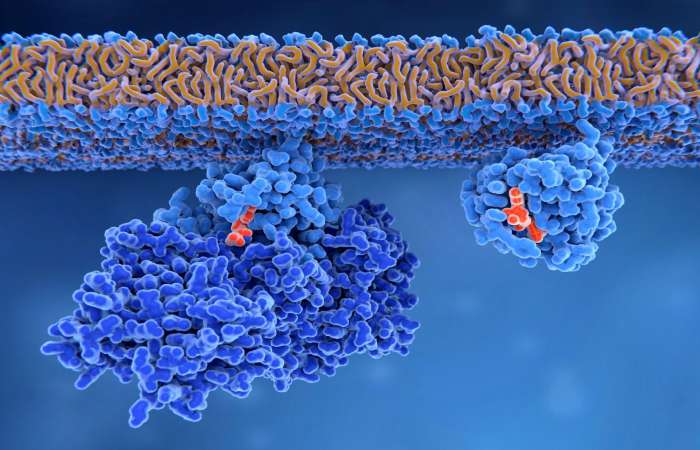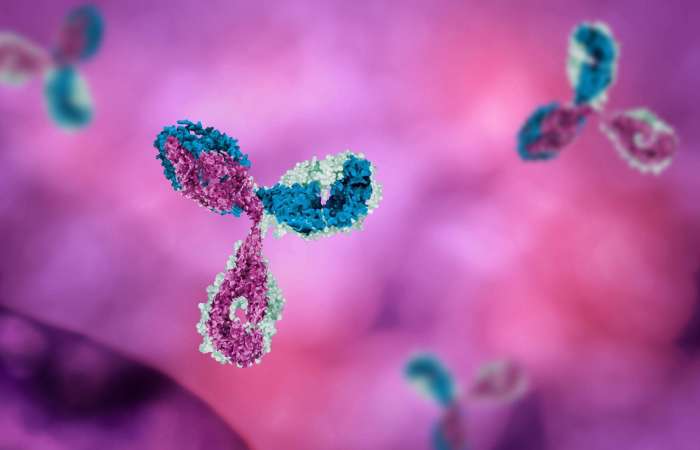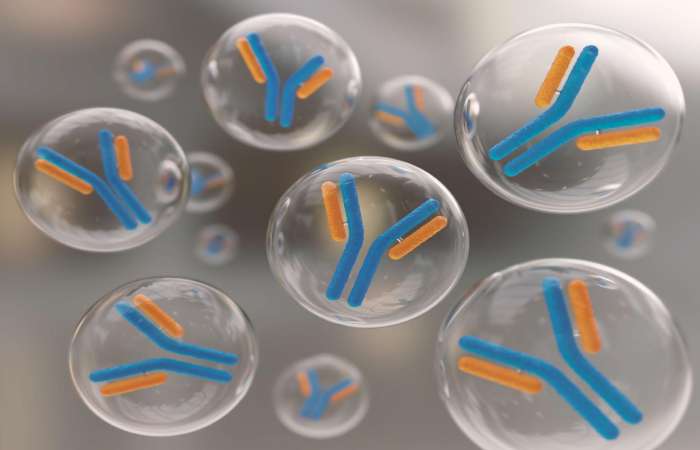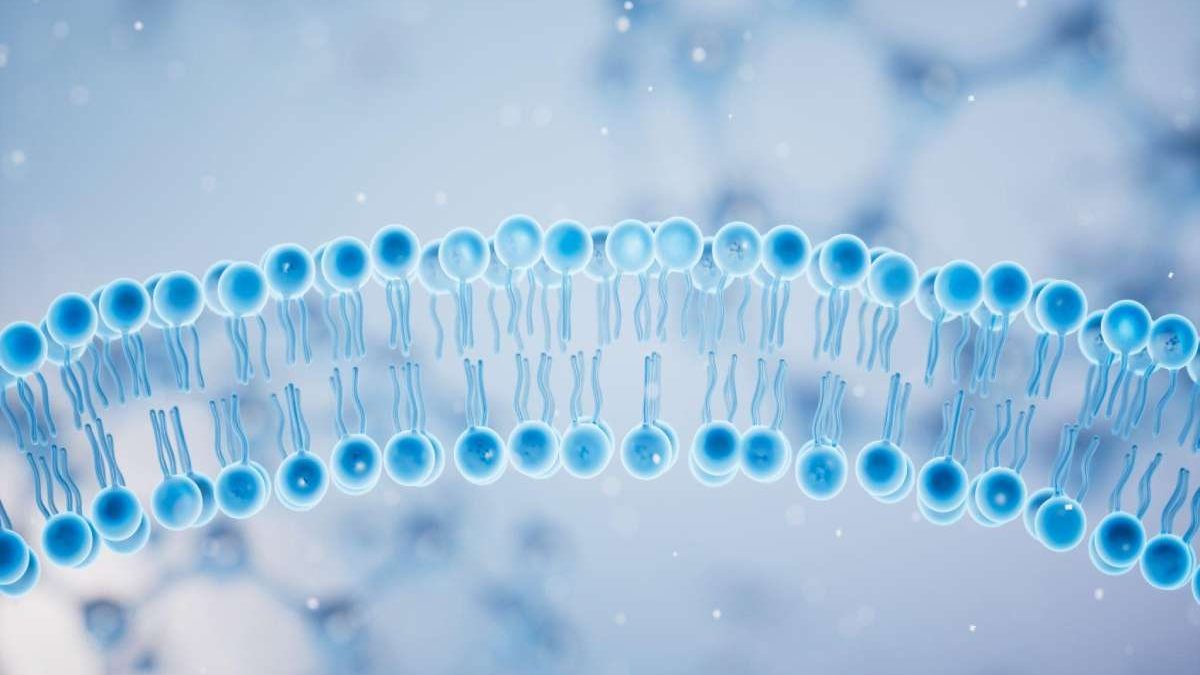Table of Contents
Monomeric Protein
What Is The Monomer Of Proteins? Monomeric Protein plays a vital role in the lives of all living beings. Protein helps us in many biological functions. This is the reason why proteins are known as the blocks of life. So, they have their unique structures and functioning.
Therefore, there is one more thing. Thus, they construct from smaller units. This article aims to let you get the responses to all the questions.
Here are Some Questions:
- What is Monomer?
- What are Proteins?
- What are those micro units called?
- Why are proteins compared to polymers?
- What are the monomers of protein?
What Is The Monomer Of Proteins? – History of Monomer

As a student, you must know that small monomer units comprise chemical substances. During the birth of plastic, these small units play a vital role. Researchers have taken a keen interest in these small units after the development of plastic. Hybrid structures develops, with polymerisation and polymerisation from these small units.
And also, organic interaction develops at a relatively fast pace during Industrialization, and the structures led to the growth of petrochemical products.
What Are Monomers?
The word Monomer form by joining two words – mono and mer. The word means mono means one, and the word mer means part. Small units that bind chemically with others are molecules. It forms a long chain of molecules. In the process of polymerization, they include repeat chain molecules. It is called synthetic or natural – small units.
Polymers are used when an unspecified number of units (small units) link to form a long chain. Polymers are complex structures with several monomer units. If 100 monomer units are less than chemically joined, they create a polymer and polymers called oligomers.
What Are Proteins?
The units that are essential for living beings are called proteins. It contains amino acids as its monomer units. Proteins are types of condensation polymers. Thus, they form by linking elements like nitrogen, oxygen, carbon, and hydrogen—some of the traces of Sulphur, iodine, and phosphorus and present in some proteins.
The formation of proteins links several monomer units. It contains more polypeptide chains. Peptide bonds – A polypeptide chain devise by joining a lot of amino acids via chemical bonds. The amino acid sequences determine with the help of gene coding for certain proteins.
Thus, the formation of the polypeptide chain turns into a particular dimensional structure as this structure is different for each chain.
What Is The Monomer Of Proteins? Structure of Protein

The structure of protein consists of four monomer protein structures.
There are four structures:
- Quaternary structure
- Secondary structure
- Tertiary structure
- primary structure
Quaternary structure: Individual units connects to spatial disorientation in this structure.
Secondary structure: Secondary structure of the protein, Amino acids connecting with hydrogen bonds, dictates the bond structure.
Tertiary structure: And also, the amino acids of sulfur atoms connects tightly with a peptide linkage.
Primary structure: The primary structure, the proteins coiled into a spiral and tucked sheets.
How are Proteins Made?

Therefore, the main structural and functional unit of a polymer is the monomer. These monomers are essential components of polymers. Amino acids are known as protein monomers. They meet in large numbers and joins via peptide bonds, which form a polypeptide chain. Large proteins creates when two or more polypeptide chains join together. What Is The Monomer Of Proteins? The order of amino acids determines the function and structure of proteins.
Protein monomers are molecules that together form complexes of several proteins. Polymers are biopolymers made from organic monomers found in living organisms- What Is The Monomer Of Proteins? All living things contain cells containing many large molecules such as sugars, nucleic acids and proteins.
These large molecules consist of microscopic structures or units that combine in large numbers. These are many tiny structures like monomers, and the bond comprises larger molecules or polymers of a few monomers.
Thus, this monomer joins together to form a long chain of molecules that can only obtain thanks to the presence of carbon and its reactive properties. In this way, they can create different chains of protein monomers.
What Is The Monomer Of Proteins? – Protein Bond Monomers
Living cells are a collection of large molecules such as proteins, nucleic acids and sugars. How many exponential forces greatly enlarge these molecules compared to the smaller units or molecules that make them up?
What Is The Monomer Of Proteins? These smaller units in the thousands are called monomers. Thus, these monomers can join together to form larger molecules known as polymers.
Molecules are possible due to the presence of carbon and tetravalent, which allows these molecules to form chains of molecules giving rise to different monomers such as amino acids, nucleotides and sugar monomers.
Proteins and nucleic acids play a major role in life, and in all living cells, we can see amino acids or monomers that combine by polymerization to form proteins.
Therefore, polymerization of amino acids under the controlled conditions found on the early Earth helped to produce polymers such as proteins.
A similar evolution has attempts for the abiotic polymerisation of nucleotides and sugars, which occurs less readily than the general process applied to proteins or amino acid monomers. This led to the development of many other beneficial biomolecules.
Proteins, due to their highly polar and reactive molecular structure, have helped make highly acclaimed polymeric materials from protein monomers. They have also helped create specific biopolymer gradients in the field of bioengineering.
What Is The Monomer Of Proteins? – Protein Structure
Proteins consist of covalent bonds of carbon, hydrogen, oxygen and nitrogen, and sulfur is also seen in some proteins. Thus, the building blocks are 20 amino acids that differ in the backbone of the carbon chain and the length of the atoms attached to this backbone.
And also, each amino acid contains a carboxyl group (-COOH), an amine (-NH2), a hydrogen, and an R group. Covalent bonds form between different amino acids to form proteins and known peptide bonds.
Thus, Proteins function in many important ways in our bodies, many of which are structural proteins.
The amino acid sequence determines the primary structure of a protein. In contrast, the secondary structure determines by the hydrogen bonds between amino acids that help wrap the protein into a spiral or folded sheet shape.
What Is The Monomer Of Proteins? The secondary structure of proteins is an alpha helix structure in which a single protein chain adopts a coiled spring or helix-like shape with a coil configuration created by hydrogen bonds.
The hydrogen bonds between the C=O and NH bodies orient parallel to the helical axis. Hydrogen bonds include a C=O group from one amino acid and an NH group from another. If these hydrogen bonds destroys, the protein becomes inactive.
Hydrogen bonds are only broken at very high temperatures or by increasing acidic properties or the surrounding environment.
The tertiary structure of proteins is essentially a secondary fold that occurs due to the interactions of the peptide bond with the sulfur atoms of different amino acids that affect the structure and function of the protein.
The structure of a quaternary protein determine by the spatial relationship between the individual units.
Frequent Questions – What Is The Monomer Of Proteins?
1. What Are The Basic Functions Of The Protein Monomer In The Human Body?
The following are some of the important biological functions of proteins:
- It serves as the main structural material for animal tissues.
- They transport cellular needs such as oxygen, minerals, fatty acids, hormones, etc.
- Some proteins act as enzymes that catalyse all biological reactions.
- Some globular proteins control metabolic processes.
- Some proteins act as antibodies that protect the body from invasion by foreign organisms.
2. What Are Essential And Non-Essential Amino Acids?
Therefore, the human body can only synthesise ten amino acids of the 20 types of amino acids required for protein synthesis essential or indispensable amino acids are the ten amino acids.
3. How Is Protein Composition Related To Its Function?
Thus, the function of a protein compares to its structure. For example, if a protein’s structure is fibrous (such as keratin and collagen), it behaves as a structural or protective protein. And also, if there is a substitution in the amino acid structure, the protein denature in this case. You need to do your job properly.
4. Can Proteins Be Classified According To Their Solubility And Physical Properties?
Proteins can be classified into three classes based on their solubility and physical properties.
Simple: Thus, proteins converts into amino acids after hydrolysis—for example, keratin, elastin, albumin, collagen, etc.
Conjugated Proteins: These proteins consists of two parts, namely amino acids and prosthetic groups—for example, nucleoproteins, hemoproteins, etc.
Derived Proteins: Thus, these proteins are made from the original proteins using heat and chemicals—for example, denatures proteins.
What Are The Building Blocks Of Protein Monomers?
What Is The Monomer Of Proteins? All proteins are polymers of amino acids; amino acids are the building blocks or monomers from which all proteins or polymers made.
Although some proteins contain other amino acids, we must differentiate based on the difference in molecular size of different proteins. Since there are 20 different types of these amino acid building blocks, 10 of which are essential and ten not so crucial, all the permutations and combinations of the approximately 90,000.00 protein arrangements require tremendous effort—complexity and specificities of proteins.
Conclusion
In the above article, We discussed Monomers and Proteins, and we also talked about the bond between proteins and the structure of the protein. And also, the above content is just for informational purposes.

